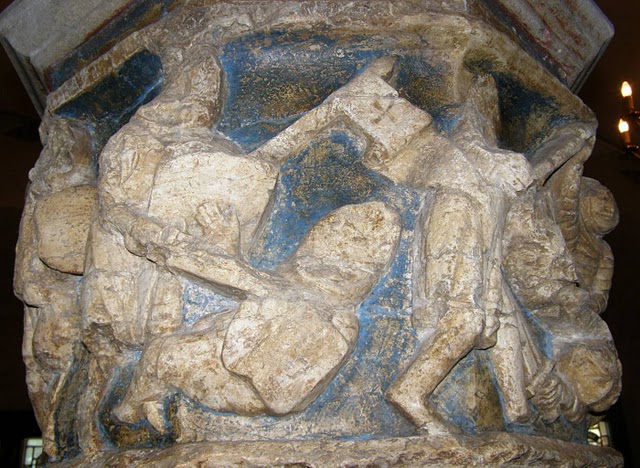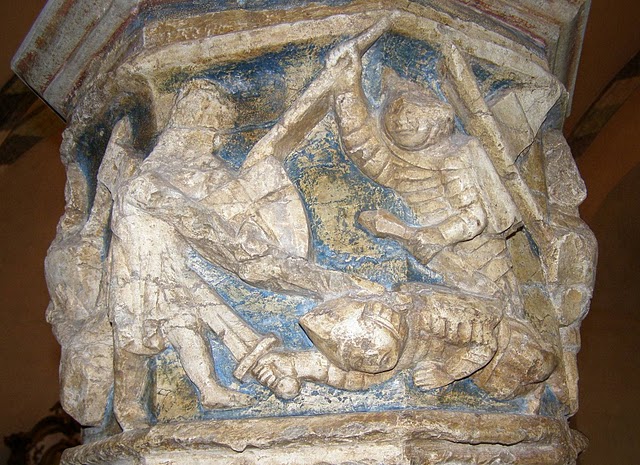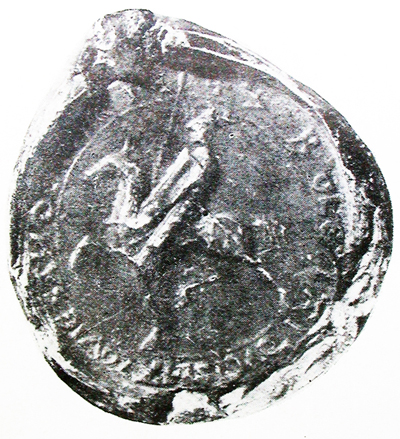Posts: 793 Location: Stockholm, Sweden
Tue 08 Mar, 2011 7:04 pm
As Dan points out, far earlier age large sized
shields existed with a central ridge. Especially some of the large Celtic shields resemble later age pavises quite a bit.
So how does one differentiate from pavises compared to other shields?
What I find typical of the pavises I've studied in museums is that they are always thick and sturdy, they come in all sorts of sizes, from short to tall, wide to thin, for use on foot and possiby for use on horseback, even for tournament use. What's the common factor is that they're thick and they're not just ridged but that it's the shield material making a hollow V-shape in the center, often with a flat at the middle.
Something like this: ___/-\___
This hollow acts similar to the Celtic tall shields as it creates a space for the hand so it doesn't need a boss. They seem to be mostly used as centergrip shields with three point straps coming together into a "Y" as a handle, but some had multiple optional strap systems, and at least some large ones came with grips for two hands.
The pavises i've seen were all laminated with leather and cloth in multiple layers, some were painted with arms and scrollwork, others were just plain one coloured but still painted over the leather or cloth. However, this layered laminating technique could also have been used much earlier than the pavise shields and may well not be unique to it.
I am intrigued by the photo though. Doesn't those
maille clad warriors taking a beating wear full maille with mittens and hood, and "norman" style conical helmets? That could set ridged pavise shields use to far earlier than most think of them today. On the other hand we also see triangular shields in use and that sets it to later again. Is what we're seeing actually a battle between one side with top modern equipment vs a side with outdated, similar to what's been proposed for the Battle of Visby?
An alternative interpretation: This is where the knights finally beat the invading spacemen to their knees. Notice the oxygen tanks on the backs? Serves them right, notice that one of the spacemen is being very rude, whipping it out like that in public. Flasher spacemen invasion stopped by the flower of Chivalry. This must have made big headlines back in the day. ;)


